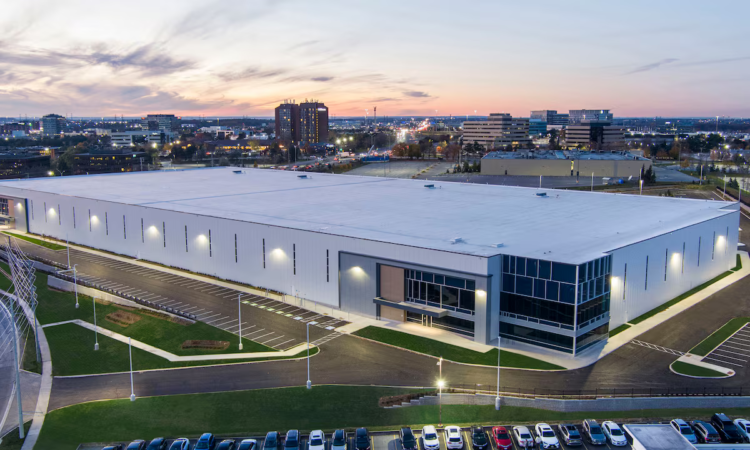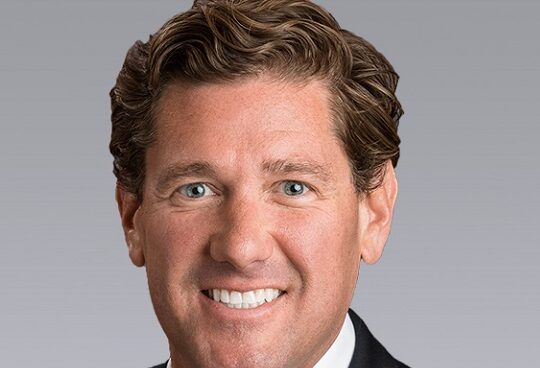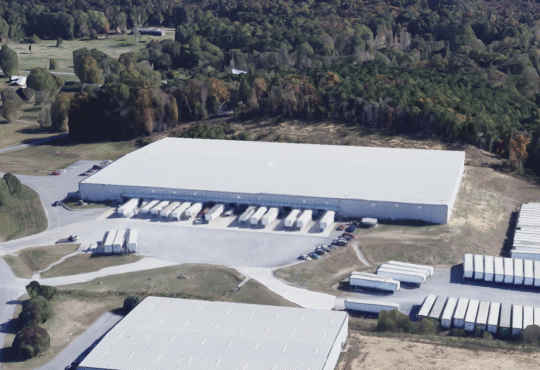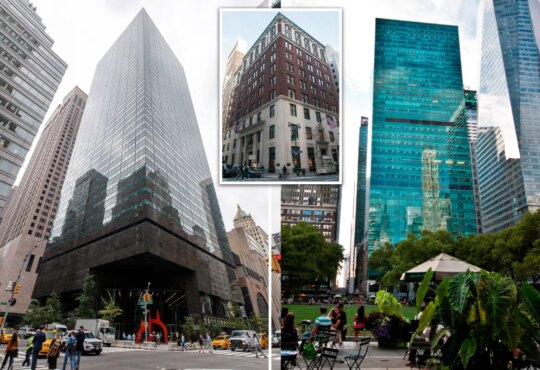
Among the industrial properties in CanFirst’s funds is Meadowvale South in Mississauga. Built in 2024, this Class A 270,738-sq.-ft. building features 42 truck-level doors and two drive-in bays, and is designed for high-volume logistics operations.supplied
Real estate is often considered a monolithic sector or asset class. But that oversimplifies a diverse area of the economy that comprises multiple subsectors and investment themes. For advisors and their investor clients, it’s crucial to understand these distinctions amid a renewed interest-rate cutting cycle and soft economic backdrop.
“There’s been some pain in the real estate sector, overall, in particular in the office sector in the past few years – especially in the public markets. That’s probably colouring market perception more than it should,” says Mark Braun, executive vice-president, Investments and Business Development, at CanFirst Capital Management in Toronto.
At a time when public equity and fixed-income markets offer volatility, he says private real estate funds can provide a reassuring blend of stability and uncorrelated returns.
For more than two decades, and through multiple economic and interest rate cycles, CanFirst has managed a group of closed-end, value-add funds with a focus on industrial real estate, in addition to an open-ended income focus real estate fund.
The funds have served primarily institutional and private accredited investors. Mr. Braun says it’s now time for more investors to consider exposure to industrial real estate given the current market dynamics.
Industrial real estate saw a rapid rise in demand and valuations in the wake of COVID, which resulted in an e-commerce boom and a prolonged period of low interest rates. However, the interest-rate surge in 2022 has pulled back activity and valuations across all real estate sectors.
As Mr. Braun explains, owners of industrial real estate were reluctant to sell at valuations below their peak, slowing sales activity. However, the gap between the pricing expectations of vendors and buyer values has decreased, leading to increased opportunities in the market.
“Investors who are looking to allocate to real estate today are generally getting higher-quality assets at attractive valuations relative to where they were in recent years. Within our core or core-plus vehicle, we’re looking to find assets with great tenants, in great locations, offering superior yields compared with a year or two ago.”
CanFirst, through its family of funds, can deliver on different investment objectives. CanFirst IncomePlus Real Estate Fund, or CIPREF, provides regular cash flow from high-quality, stabilized assets with the potential for capital appreciation. The value-add CanFirst Industrial Realty Fund (CIRF) aims to provide higher returns by acquiring properties where the fund can grow income and value over the medium term. And CanFirst Industrial Development Fund (CIDF) generates opportunistic returns by acquiring sites and developing industrial properties over a short-to-medium-term investment horizon.
CIPREF targets a 4-6 per cent annual cash distribution, with a 9 to 11 per cent total return (and is open-ended). Mr. Braun says CIPREF has delivered an 11.2 per cent annual rate of return after fees over the past seven years, while maintaining a more conservative risk profile relative to other alternative private markets vehicles.
“The typical private accredited investor needs to look at their portfolio and how it’s performed, and ask themselves if they’ve received greater than a 10 per cent return within the conservative, low-risk sleeve of holdings.”
He says CIPREF’s track record should align perfectly with those return requirements and serve as suitable counterweight to an investor’s public equity and debt investments.
CanFirst focuses on assets that serve major Canadian centres. Their latest acquisition is a proof point: a new-build, 200,000 square-foot warehouse in Balzac, Alta., just north of Calgary, that has a 10-year lease with a major pet product company.
“We’ve acquired it at a good price and yield, with a strong covenant, and a long-term lease partner in place in a very good segment of the economy,” Mr. Braun says.
That deal was preceded by another Alberta purchase in Edmonton: a distribution centre leased by Loblaw Cos. Ltd. “Again, that’s a sector of the economy that we love. It’s a perfect example of industrial use cases we look for.”
With the exception of big capital allocators, such as pension funds and endowments, private real estate remains underrepresented in Canadian portfolios. Investments in alternative assets outside of public market holdings account for approximately 4 per cent of the average Canadian advisor’s book, and is about 6 per cent at most for larger advisors, notes Mr. Braun. And industrial real estate is such a small slice that it’s negligible, which he calls a missed opportunity.
“We often see investors looking in the alternatives space who go into private debt, where they get 6, 7 or 8 per cent return. But they don’t consider that a vehicle such as CIPREF, which enjoys a tax shield, is paying the same dividend or greater after tax, and that is before any capital return is taken into consideration.”
He adds that many investors also look toward much riskier alternatives, such as hedge funds. “Our real estate portfolios continue to deliver year-over-year, outperforming other asset classes and in a much more stable and consistent way.”
Advertising feature produced by Globe Content Studio with CanFirst. The Globe’s editorial department was not involved.






